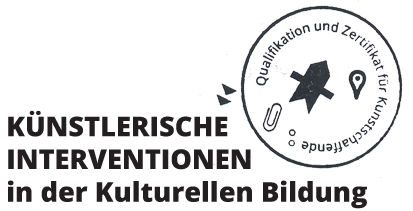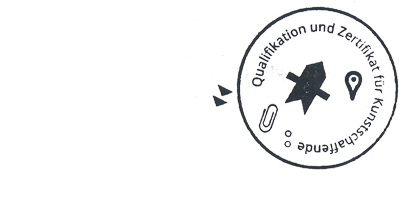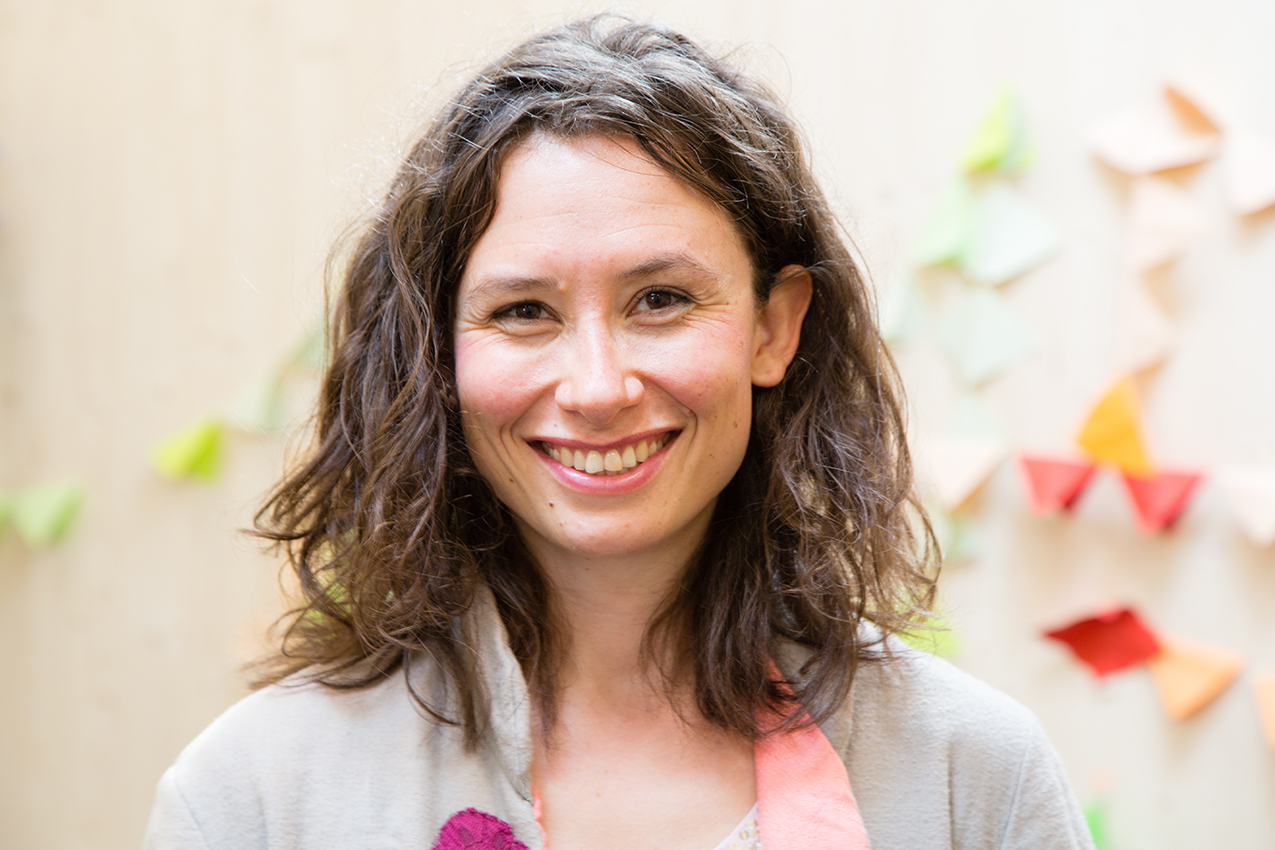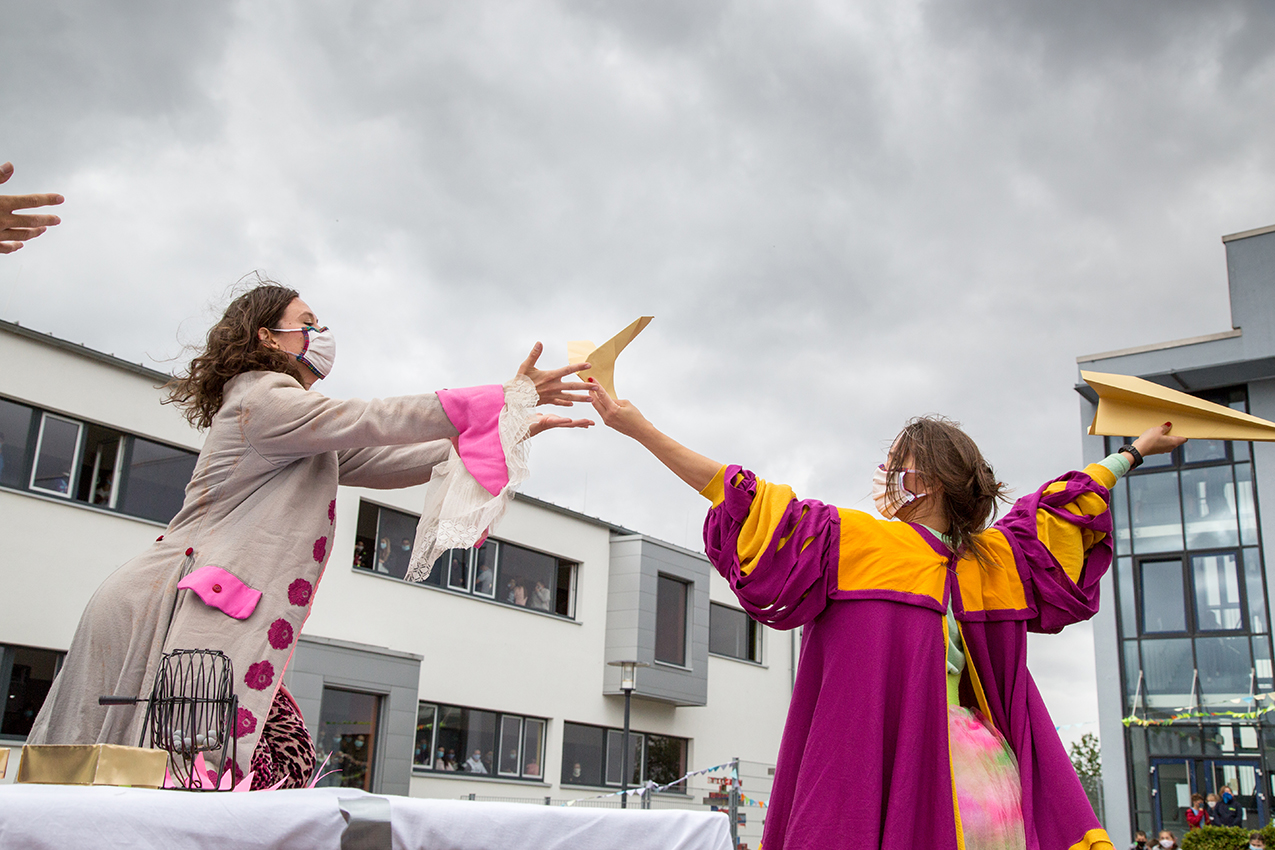



Lisa Haucke (*1987, Herdecke) is a dance improvisation artist, performer, exhibition organiser and pedagogue. She studied teaching art and performing arts at Berlin University of the Arts and Braunschweig University of Art, graduating with a B. A. and an M. A., was a Master Scholar of Candice Breitz and did three years of training under Sylvia Heyden (school management T.A.N.Z. Braunschweig). For 2018/2019, she received a grant at the “Künstlerhaus Meinersen”, where she performed for the whole house in her final exhibition. She subsequently brought dancing as a regular teaching subject to the Waldorfschule Wolfsburg for half a year. Recently, she was Hessen’s “Flying Artist”, inhabiting the flying artists’ room initiated by the Crespo Foundation and located in the playground of the Limes School in Idstein, and filled it with performances and dancing.
Lisa Haucke (*1987, Herdecke) is a dance improvisation artist, performer, exhibition organiser and pedagogue. She studied teaching art and performing arts at Berlin University of the Arts and Braunschweig University of Art, graduating with a B. A. and an M. A., was a Master Scholar of Candice Breitz and did three years of training under Sylvia Heyden (school management T.A.N.Z. Braunschweig). For 2018/2019, she received a grant at the “Künstlerhaus Meinersen”, where she performed for the whole house in her final exhibition. She subsequently brought dancing as a regular teaching subject to the Waldorfschule Wolfsburg for half a year. Recently, she was Hessen’s “Flying Artist”, inhabiting the flying artists’ room initiated by the Crespo Foundation and located in the playground of the Limes School in Idstein, and filled it with performances and dancing.
Flying paper gliders, 2020

I commenced my period as a Flying Artist at the Limes School Idstein with a performance act which structured the entire school year in the formal setting I had chosen. For this purpose, I asked everyone belonging to the school to write something they wished for the school year on a paper glider and let it sail down into the playground. Afterwards, a pick of three gliders was taken by me and my performance colleagues in a dance performance, and one date each was determined randomly on which I would be fulfilling this wish with further art activities in the course of the year. The paper gliders were gathered and evaluated, categorised, shredded and recreated with the pupils. Then a book was bound containing the wishes which became part of the school library’s non-lending collection.
What have you taken home from this project for your artistic activities?
What was inspiring for artistic activities was that, as a guest of the school, I was also the host of the artists’ room. Seeing the Flying Artist’s room not only being the “third pedagogue” but also being able to turn it into an act of art was a great experience. The flying paper gliders activity showed me that, as an artist, I have the possibility to combine the voices of many, highlight the school as a social field with artistic means and, by setting certain frameworks, realise small as well as large sub-projects. Not only does this create structures, it can also change everyday ones which we are used to. With the book, I can give something back to the school community – very much in accord with the sustainability of projects in cultural education.
Which topic turns up again and again in your artistic activities?
One topic I have dealt with over the last few years has been linking up places to live, dancing and performing. In my project “An der Kreuzung” (at the crossroads) in Brunswick in 2016, together with people living and working at a crossroads, I turned the crossroads into a performance venue, realising, for example, artistic interventions, video products and dancing in an organic food shop, in residential houses and in church towers. During my scholarship in Meinersen, I even asked the entire village community to join in. Realising performances with people in a previously arranged social field in which I interact as an artist is also a central element of my current work in the Flying Classroom at the Limes School in Idstein.
What do you seek to achieve with your arts education activities?
I am interested in developing openness among people from different social areas towards dancing, bodywork and artistic work. I am convinced that dancing brings people together as a language they have in common, that it opens them up for each other, helping them to eliminate prejudice and become more sensitive in handling themselves and others. There is something very peaceful about dancing, and it creates free spaces in people’s heads and in their togetherness. In my work, I experience again and again that there are immense potentials for personality development which are hidden in dancing practice. I want to make these free spaces accessible for people by encouraging them to engage in their own artistic activities.
What, in your view, is the essence of an artistic intervention in arts education?
An intervention triggers change processes, enables participation, adoption, self-reflexion. It may have been planned long beforehand or can be spontaneously improvised. It inspires and encourages dialogue, creates enthusiasm and insights. It demands trusting in an inwardly and outwardly focused dialogue. It can be a surprising dance in the playground or a major performance project planned longer beforehand and involving many participants who bring along their own topics or are confronted with new topics. The intervention allows people to think and do something different from what the daily routine, for example in an institution, would otherwise demand – while simultaneously showing the latter respect and appreciation.